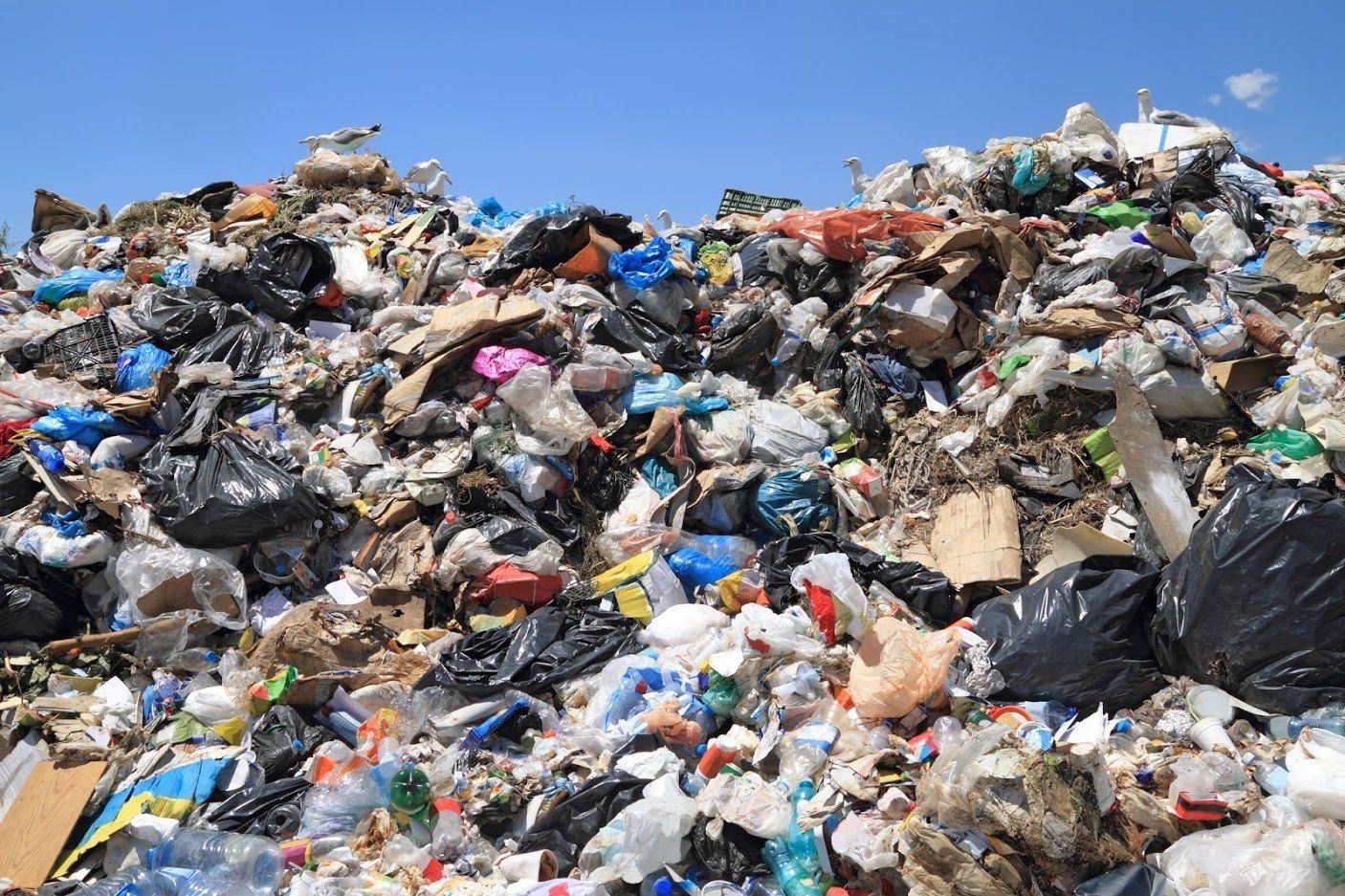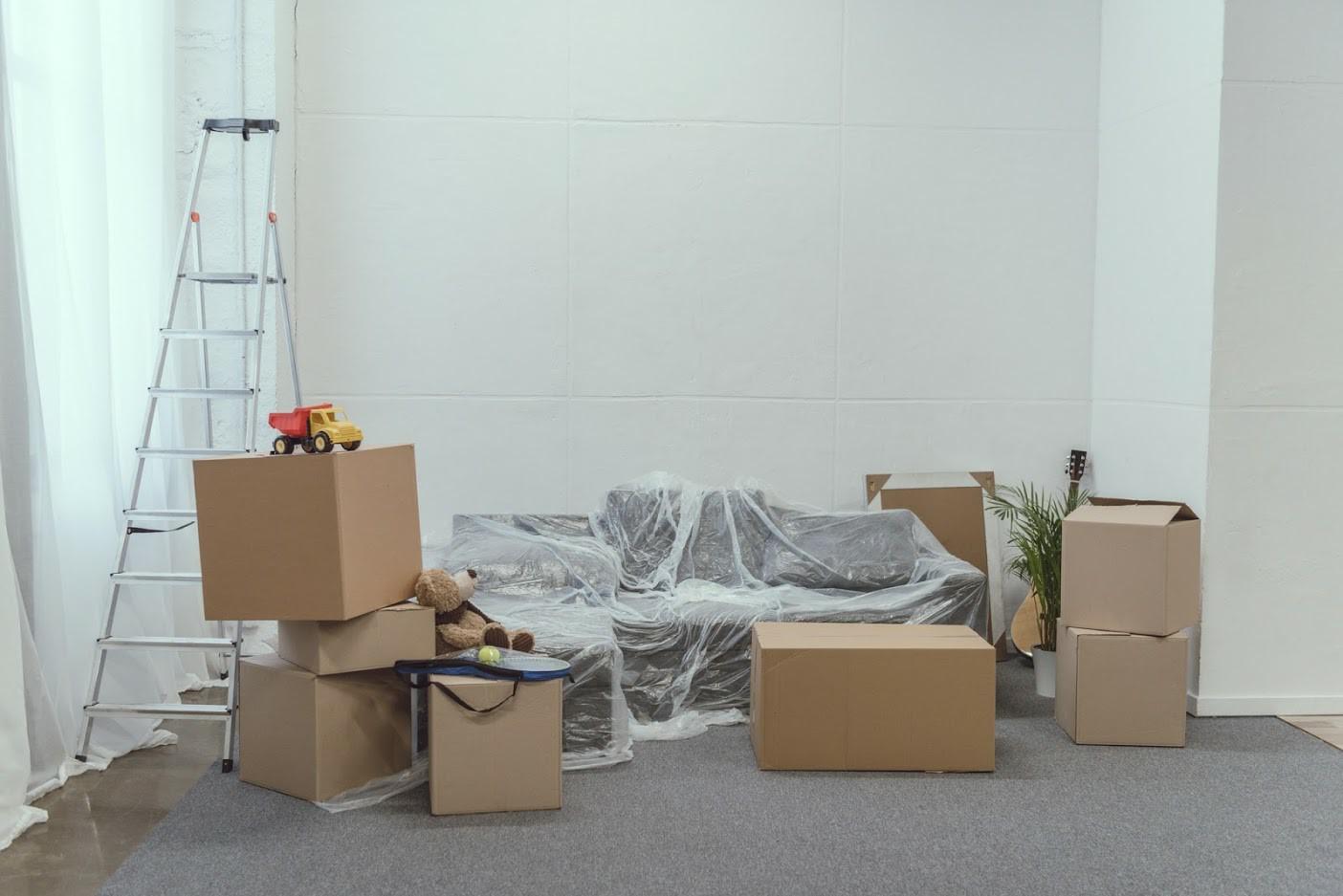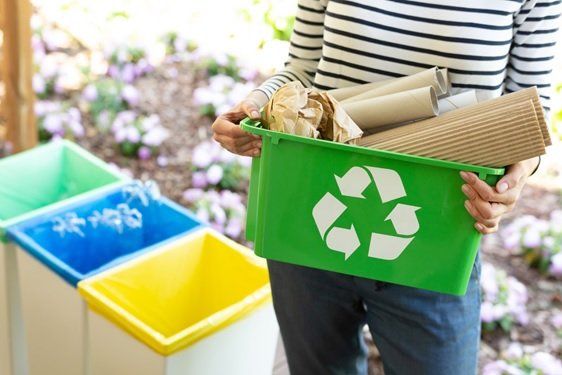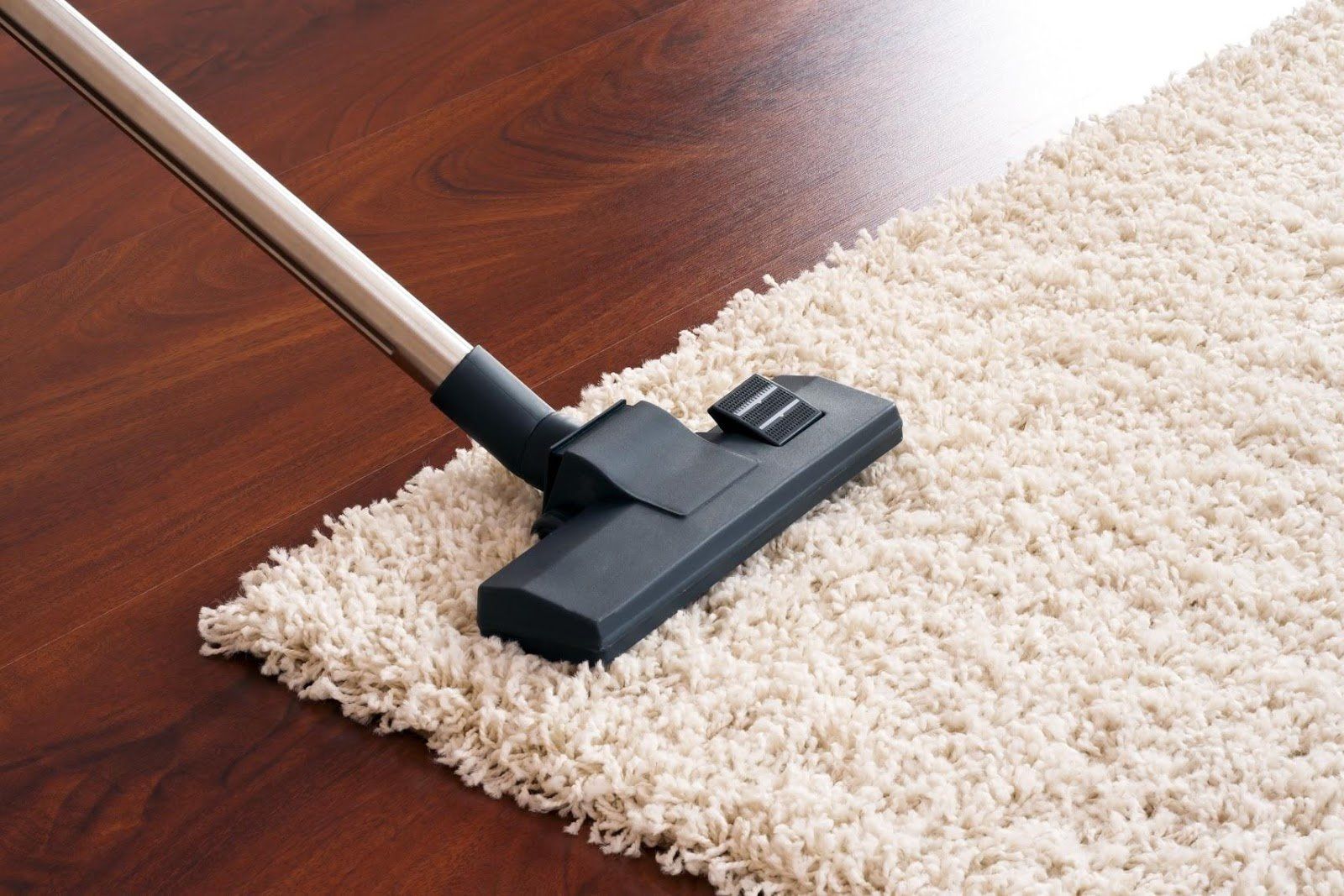How to Move Gardening Items

How should you move gardening equipment? With the warm weather on the horizon, yard care is a top priority — even as you move from one home to another. Before you box, bin, and bag these outdoor items, take a look at the questions to ask first.
What Should You Move?
Do you need to move every gardening or yard-work item in your outdoor arsenal? If your shed, garage, or patio is stocked with a mountain of tools and other equipment, you may not need to bring everything with you.
If you're not sure what to move and what to sell, donate, give away, or throw out, consider:
- Wear and tear. Rusty hedge clippers, gardening gloves with holes in the fingertips, and anything else with clear signs of wear should stay behind. These items aren't likely to last long and will only take up precious space in your move.
- Damage. Items that are beyond repair or will cost you more to fix than replace should also stay behind (in the trash).
- Use. How often do you use each item, tool, or piece of gardening equipment? Anything you haven't used in more than one season doesn't need to move with you.
- Quantity. Do you have an entire drawer filled with gardening gloves or half a dozen hoses? If you have multiples of some items, donate, give away, or sell the extras, and take only what you need.
Now that you've made decisions about what to move, it's time to take the next step and pack.
How Should You Pack Gardening Equipment?
The answer to this question depends on what you need to pack. Separate everything you want to move into categories based on use or type. After you've organized your gardening gear:
- Wash everything. Don't bring dirt, yard waste, pests, and debris with you. Clean anything that's washable before you pack.
- Dry everything. Whether you washed the item or it's damp from outdoor use, dry your gardening and yard equipment prior to packing. Leftover moisture can promote mid-move mold growth.
- Remove interior moisture. Your hose and watering can may hold moisture inside. Avoid messy moving mishaps and mold issues and make sure each item's interior is dry. Leave damp equipment in the sun or stop using it for several days before your move.
- Fold and coil items. Fold fabric items (such as gardening gloves) and coil hoses before you pack.
- Use plastic bins. Pack gardening items in airtight, sealable plastic bins with lids. If the items slide in the bins, cushion everything with rolled towels or bubble wrap.
- Use a tool box. Smaller tools can go into a metal, sealable box for added safety.
Take caution with anything that has sharp edges (such as hedge clippers) or is potentially hazardous. Carefully wrap, pack, and label these types of gardening tools. Discuss the hazards with your moving contractor before they pick up the equipment and pack the truck.
Who Should Move Your Gardening Equipment?
A professional contractor can help to make your move stress-free. But that doesn't mean you should expect the movers to handle potentially dangerous items. Again, some sharp or hazardous equipment presents a safety issue for the moving contractor. Before you pack your outdoor equipment and expect the movers to transport it:
- Ask about policies. Some moving contractors prohibit certain items. These may include flammable oils or items that contain gasoline (such as power gardening tools or mowers).
- Point out sharp items. If the mover will take sharp items (such as clippers), point out the equipment to watch out for. The movers need to know which boxes, bins, or wrapped items pose risks.
- Label everything. A label can alert the movers to containers that contain sharp or potentially dangerous outdoor equipment.
What should you do if the mover can't take some of your outdoor items? If the contractor's regulations prohibit some of your gardening items, pack these separately and move the equipment in your car.
Do you need help with your next move? Contact O'Sullivan Moving & Storage Co. to learn more.


















